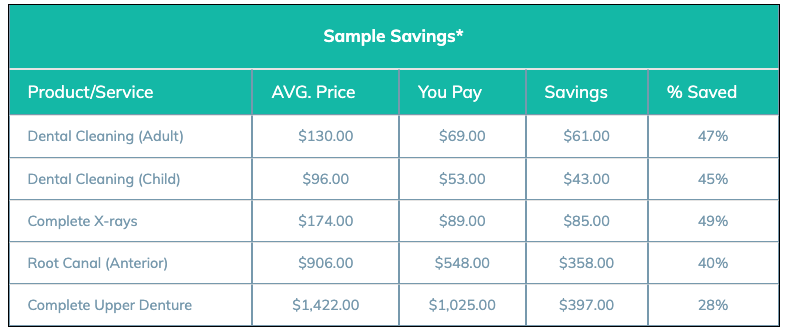
When it comes to dental health, cavities are a common concern that can affect anyone, regardless of age or oral hygiene habits. Understanding what cavities are, how they develop, and what they look like is essential for maintaining a healthy smile. In this educational blog, we will explore the world of cavities, discussing their causes, prevention, and treatment.
What Are Cavities?
Cavities, also known as dental caries or tooth decay, are the result of a gradual breakdown of tooth enamel, the hard outer layer of your teeth. They start as small openings or holes in the enamel, which can become larger if left untreated. Cavities can occur in any tooth, but they most commonly affect the molars and premolars due to their grooves and crevices that trap food particles and plaque.
How Do Cavities Happen?
Understanding how cavities develop is crucial in preventing them. The process typically involves four key factors:
1. Plaque Formation: Plaque is a sticky film of bacteria that forms on your teeth after eating or drinking. These bacteria produce acids that can erode tooth enamel.
2. Acid Attack: When you consume sugary or starchy foods and beverages, the bacteria in plaque feed on them and produce acid. This acid can demineralize your tooth enamel, weakening over time.
3. Enamel Erosion: As enamel breaks down, it creates small openings in the tooth’s surface. These openings provide an entry point for bacteria to penetrate deeper into the tooth structure.
4. Cavity Formation: With continued acid exposure and bacterial activity, the small openings grow into larger cavities, which can eventually reach the inner layers of the tooth, including the pulp, causing pain and sensitivity.
What Does a Cavity Look Like?
Cavities can vary in appearance depending on their stage of development:
Early Stage: In the initial stages, a cavity may not be visible to the naked eye. Dentists use specialized tools and X-rays to detect these hidden cavities.
Visible Cavities: As cavities progress, they become more visible. They often appear as small, white or brown spots on the tooth’s surface.
Advanced Stage: If left untreated, cavities can deepen and become more noticeable. They may appear as dark holes or pits in the tooth, and the surrounding enamel may be discolored.
Preventative Measures for Cavities
Preventing cavities is a proactive approach to maintaining good oral health. Here are some effective preventative measures:
1. Oral Hygiene: Brush your teeth at least twice a day with fluoride toothpaste and floss daily to remove plaque and food particles.
2. Dietary Choices: Limit sugary and acidic foods and beverages. Choose water or milk over sugary drinks.
3. Regular Dental Check-ups: Visit your dentist regularly for check-ups and professional cleanings.
4. Fluoride: Use fluoride-containing dental products, as fluoride helps strengthen tooth enamel.
Cavity Treatment
If you suspect you have a cavity or your dentist has confirmed it, several treatment options are available:
1. Dental Fillings: Most commonly, dentists use dental fillings to restore teeth with cavities. They can be made of amalgam, composite resin, or other materials.
2. Dental Crowns: For more extensive decay, a dental crown may be necessary to restore the tooth’s structure and function.
3. Root Canal Therapy: If the decay reaches the tooth’s pulp, a root canal procedure may be required to remove the infected tissue and save the tooth.
In conclusion, understanding what cavities are, how they develop, and what they look like is essential to maintaining good oral health. By practicing proper oral hygiene, making smart dietary choices, and seeking timely dental care, you can prevent cavities and ensure a lifetime of healthy smiles. SLEEK Dental Club offers three membership levels to help protect your oral health. Contact us today for more information at support@sleekdentalclub.com.



